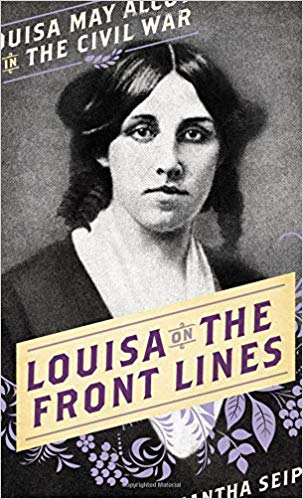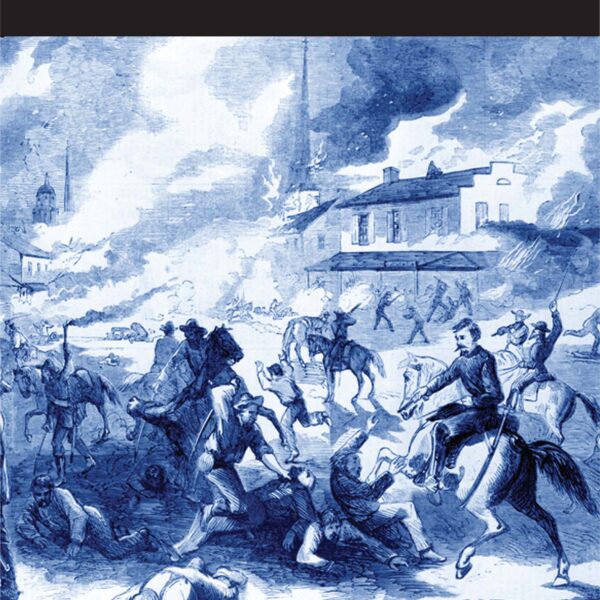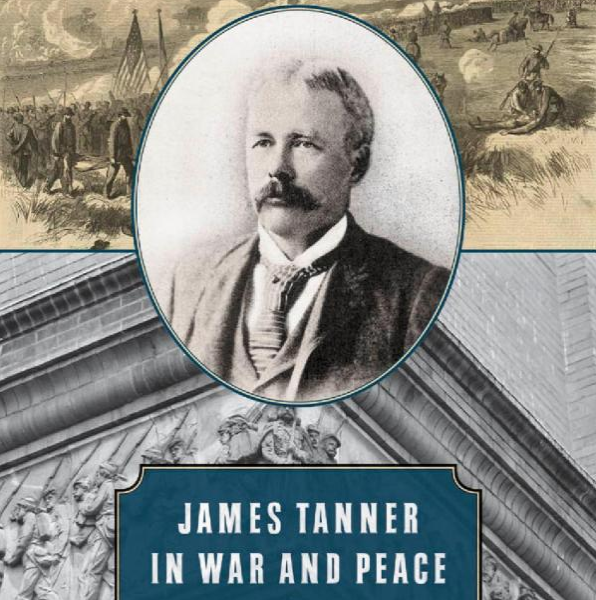Today, many recognize Louisa May Alcott as the renowned author of Little Women, but do not know that she was also an abolitionist, suffragette, and Civil War nurse. Samantha Seiple’s Louisa on the Front Lines: Louisa May Alcott in the Civil War presents a vivid narrative using Louisa May Alcott’s owns writings to reveal anew her time as a nurse in Washington.
Seiple begins her account of this lesser-known period in Alcott’s life by focusing on what her life was like at home in Concord, Massachusetts in 1860. She was twenty-eight years old, unmarried, working hard to support her family, and struggling to overcome both her father’s criticism and the grief of losing a sister. When war broke out, Alcott longed to join the army as a soldier; unable to do so, she strived to serve as a nurse. Yet Dorothea Dix’s strict regulations meant that Alcott had to wait until she turned thirty. In the meantime, she settled for writing and work with the local Soldier’s Aid Society, which was a “socially acceptable and extremely valuable way for women to participate in the war.”
Louisa struggled with her literary work. She worked on several pieces, including “How I Went Out to Service” and some dramatic short stories like “The Maniac Bride” and “The Bath of Blood,” published in Frank Leslie’s Illustrated Newspaper. However, Louisa was not proud of these “blood and thunder” tales, for they were not as respectable as other works. Still, she noted, “they are easier to ‘compose’ & are better paid than moral and elaborate worlds of Shakespeare”. It wasn’t until November 1862, when Louisa was accepted as a nurse, that she began to have the experiences that shaped her future writings.
The day finally arrived when Alcott received her orders to head to Washington, D.C., to work in the Union Hotel Hospital, where she first experienced the hardships of war. Working in a male dominated profession where “female nurses were ranked low on the hierarchy, just above the cooks and laundresses, but beneath everyone else, including male nurses,” it did not take long for Louisa to realize that one of her roles was to “provide maternal kindness to the patients under her care”. To this end, she provided care for many wounded soldiers, including “Little Sargent” Robert Blaines and John Suhre, whose death “opened Lu’s heart and awakened her authentic voice.” After a brief and emotional tenure in the hospital with Louisa by his side, John died holding her hand. Not long after John’s death, Louisa contracted typhoid fever. After recovering, Louisa’s world had changed. She was respected by her father, and her works were being marveled over around the world.
Alcott herself was a charismatic and engaging writer. Seiple is able to use that writing to weave a narrative that provides a human perspective into the suffering of a Civil War hospital ward. Much like Alcott’s work, Seiple’s narrative leaps off the page. Readers join Louisa on an emotional experience and gain an understanding of how the war transformed her—and her corpus of writing, which has earned the admiration of generations.
Paige Gibbons Backus is Site Manager for the Ben Lomond Historic Site, a Civil War hospital.




